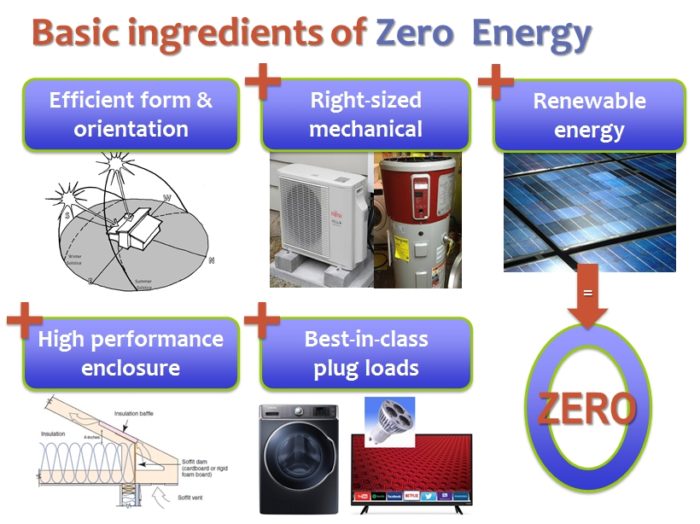
Image Credit: Ann Edminster
California regulators have established an ambitious policy goal: Beginning in 2020, all new homes in the state must be designed for net-zero-energy operation. (GBA has published at least four news stories on California’s net-zero target: here, here, here, and here.)
At the recent Better Buildings By Design conference in Burlington, Vermont, the keynote address was given by Ann Edminster, an architect, green building expert, GBA blogger, and board member of the Net Zero Energy Coalition. Her presentation, titled “Zero: The Cinderella of Energy Efficiency,” focused on the growing interest in net-zero-energy buildings.
Edminster lives and works in the San Francisco Bay area. She dates the beginnings of the net-zero-energy home movement to 2000, but her chronology is a little generous. Although researchers were indeed discussing the idea of net-zero-energy homes in 2000, no one had successfully built one until late 2006. Before then, all of the so-called “net-zero-energy homes” used more energy than they produced.
In a July 2004 article I wrote for Energy Design Update (“Getting Down to Zero”), I reported that most of the touted “net zero” homes of that era used natural gas, propane, or firewood to provide some of the home’s energy, making no attempt to offset these fuels with electricity production. Of the two all-electric homes that self-identified as “zero energy” homes in 2004, one had a PV array that provided only 66% of the home’s electricity use, and the other had a PV array that provided only 20% of the home’s electricity use. At that time, the number of “zero-energy” homes that could demonstrate net-zero performance was zero.
In the pages of EDU, I announced a challenge. I promised to hail any builder, designer, or researcher who could provide 12 months of monitoring…
Weekly Newsletter
Get building science and energy efficiency advice, plus special offers, in your inbox.

This article is only available to GBA Prime Members
Sign up for a free trial and get instant access to this article as well as GBA’s complete library of premium articles and construction details.
Start Free TrialAlready a member? Log in





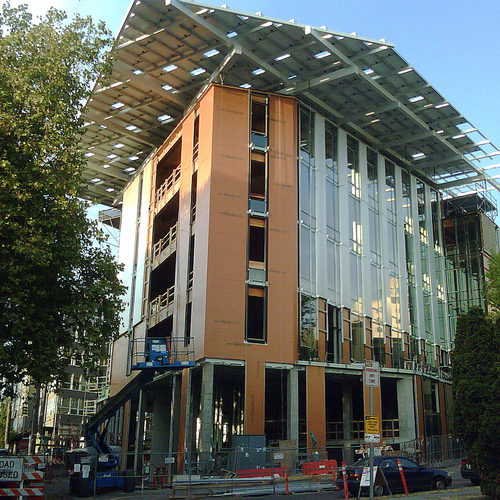
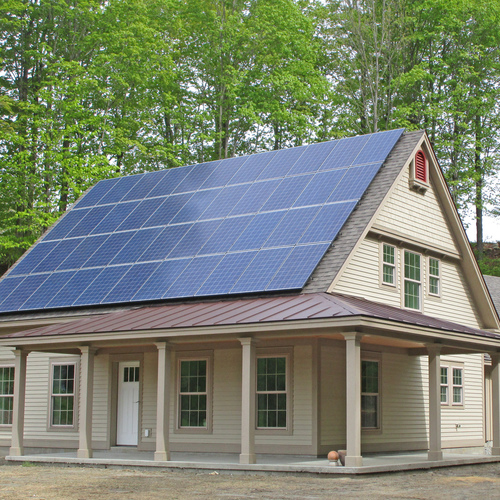
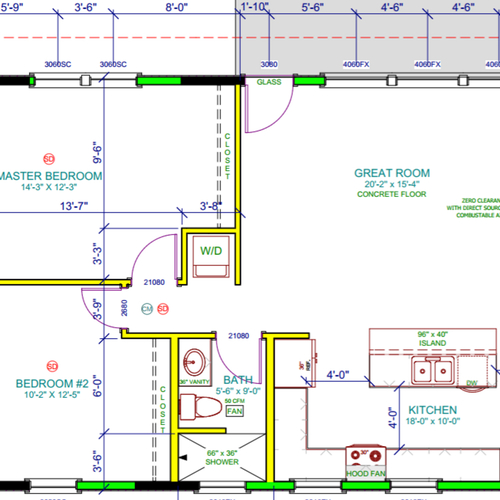
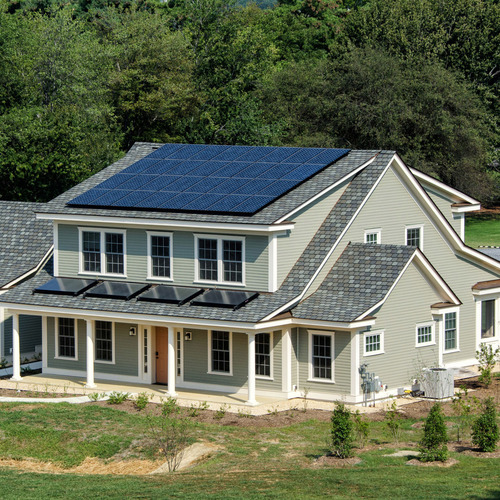






7 Comments
ZERH Program
Thank you for this article. We have to give kudos to DOE, Building America, EPA and Newport Partners for developing and helping promote the ZERH Program, https://energy.gov/eere/buildings/zero-energy-ready-home. I’m an Instructor and 100% ZERH Designer, and I encourage everyone in this forum to do same. I tell all Builders that the hardest issue to overcome to build ZERH is the BUILDER’S COMMITMENT! After that is a matter of making sure your subs follow, and provide guidance and training. To achieve this, my design parameters to builders is to make their performance goals at 1ACH50, HERS40s w/o renewables and 1 ton per 1,000 -1,500 sf. Once you achieve this, the rest is easy.
Response to Armando Cobo
Armando,
I'm glad you enjoyed the article. As I reported in my 2015 article on a net-zero-energy home built by Paul Biebel, “Homeowners who invest in these features and who are able to include the incremental costs in a 30-year mortgage end up with very low energy bills — so low, in fact, that these energy features are often ‘cash-flow-positive’ from Day One. When the majority of mortgage lenders and home buyers become aware of these facts, as they eventually will, homes like those built by Paul Biebel will become far more common than they are today.”
-- Martin Holladay
Missing from Net Zero...
Firstly, I could not find an active website for Net Zero Energy Coalition. Does it still exist? Why don't they have a website?
Second, Was balanced ventilation with energy/heat recovery covered under Right -Sized Mechanical Equipment? Usually when the term "right-sized mechanical equipment" is used, it relates to the application of heat and cooling only, as in ACCA Manual J and S. If not, then I find that the image/ description of the five basic concepts to Net Zero Buildings is missing a couple things as may be applied to the rest of the country: 1) ERVs/ HRVs! 2) dehumidification.
Response to Kristian Hoffland
Kristian,
Here is the link to the website of the Net Zero Energy Coalition.
-- Martin Holladay
Second response to Kristian Hoffland
Kristian,
Q. "I find that the image/ description of the five basic concepts to Net Zero Buildings is missing a couple things as may be applied to the rest of the country: 1) ERVs/ HRVs! 2) dehumidification."
A. When Ann Edminster was listing 5 essential elements of net zero design, she wasn't attempting to list every element of a successful home. For example, she didn't mention that every home needs a kitchen, a bathroom, and a roof.
You're absolutely right that every new home should be built as tight as possible, and should therefore include a mechanical ventilation system -- whether or not the builder is aiming for net zero. That's just common sense (and increasingly, required by building codes).
I'm going to have to disagree with you about dehumidification. Whether or not a designer has to include a dehumidification system is climate-dependent. Here in northern Vermont, most homes don't have air conditioning or dehumidification. That may change in the future, but it works in our climate -- for now.
-- Martin Holladay
Different Terminology
Kristian – Perhaps, instead of “right-sized”, the terms should be “Right-design HVAC system”. I’ve found that if the HVAC system is designed correctly, dehumidification is taken care of, unless you are in a coastal humid climate at best. By the way, proper HVAC design for forced-air systems require Manuals J, S, D and T. I would also add “Right-design” plumbing system to the plug loads (equipment, distribution and fixtures). What Ann and Martin are describing is a holistic approach.
Response to Armando Cobo
Thanks, Armando.
One more point: HVAC stands for "heating, ventilation, and air conditioning" -- so if someone is addressing HVAC design issues, that person should be addressing ventilation.
-- Martin Holladay
Log in or become a member to post a comment.
Sign up Log in